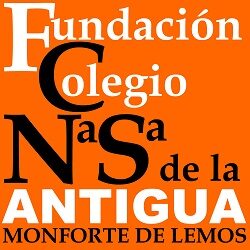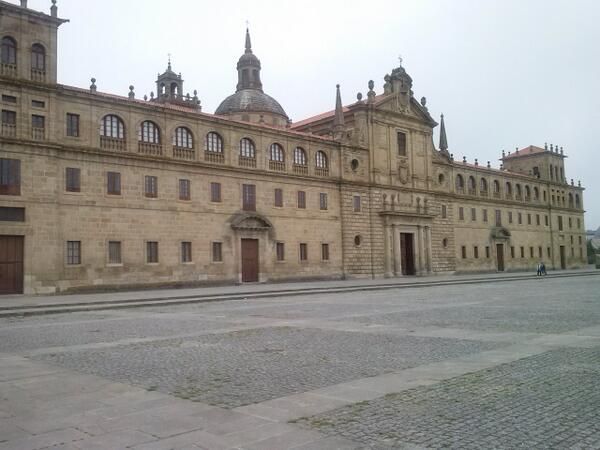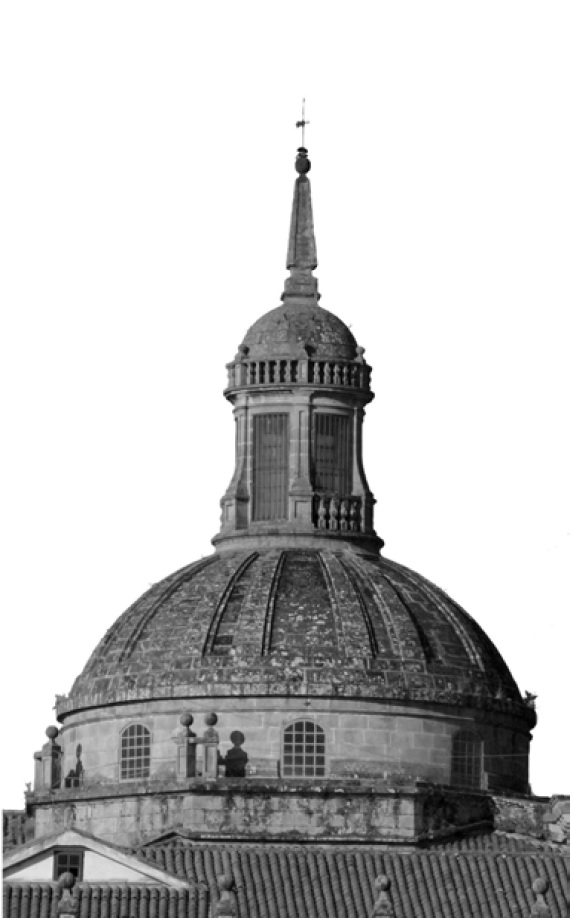In the doctoral thesis entitled “Methodological and compositional process of the Renaissance in Galicia. 1499-1657 “, whose author is D. Víctor Grande Nieto, simple data are given that clarify the time that lasted the construction of the School of Nª Sª de la Antigua. The concrete text is the following:
“Receiving the plans of the College, made by the Jesuit Andrés Ruiz, made the Cardinal to see the teacher Vermundo Resta, whose name appears linked to Ruiz as coauthors of the College initiating the signature of the Contract of 1592, but Vermundo himself was in Seville in 1592, being his contribution as master teacher of works of the Sevillian miter5 what made him be an advisor to Don Rodrigo in this factory, making certain changes, but without his being a predominant role in terms of the general conception of School.
With the arrival of Juan de Tolosa and later of Simón de Monasterio the initial traces of the set will be modified.
The main part of the construction was developed between 1593 and 1619: the church, the main facade and part of the bodies that are articulated around two patios placed on both sides of the church are finished. Then the works stopped and practically nothing new was built until 1919, date in which two cloistered canvases were finished and new dependencies were made in the back. “













